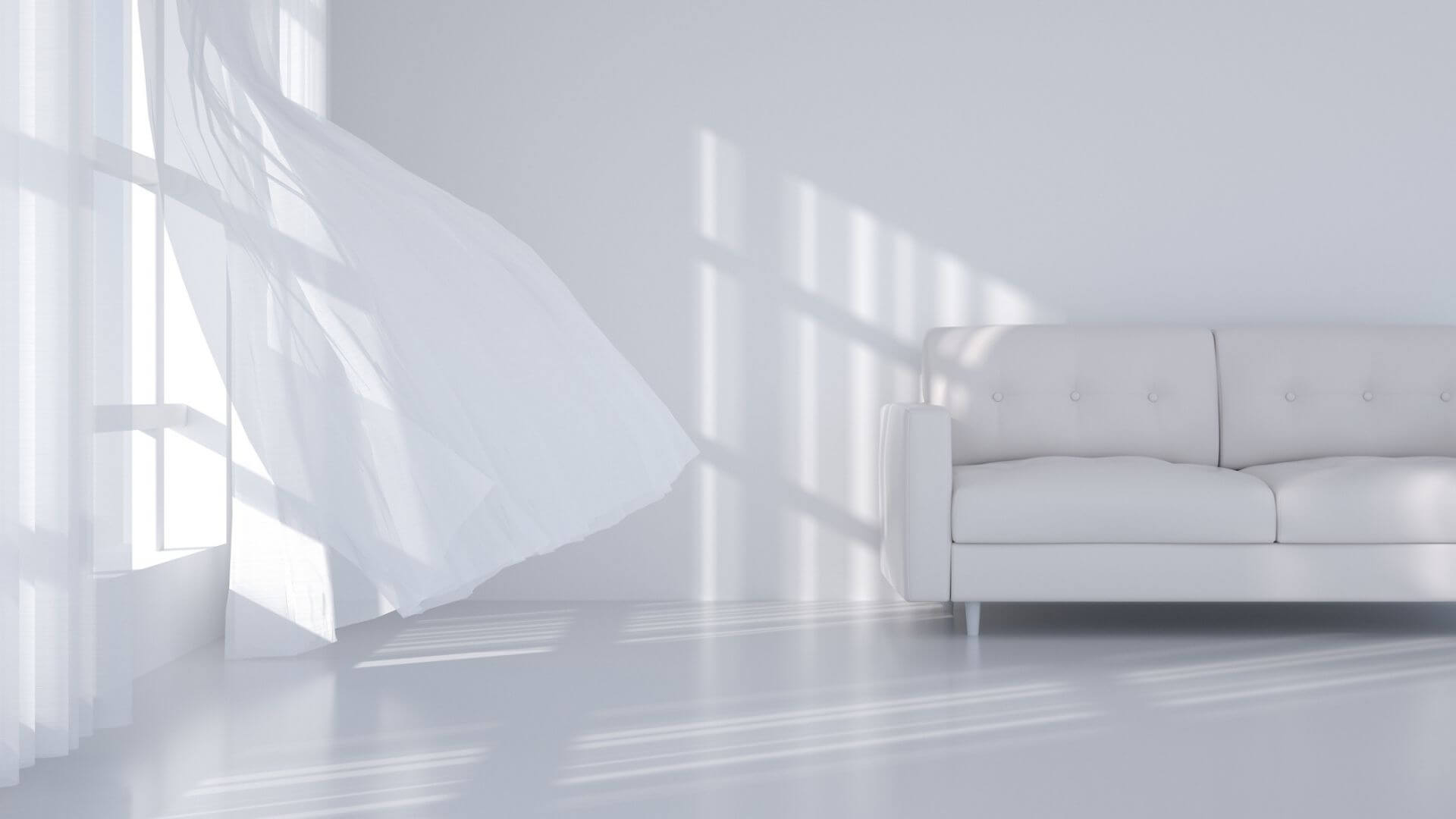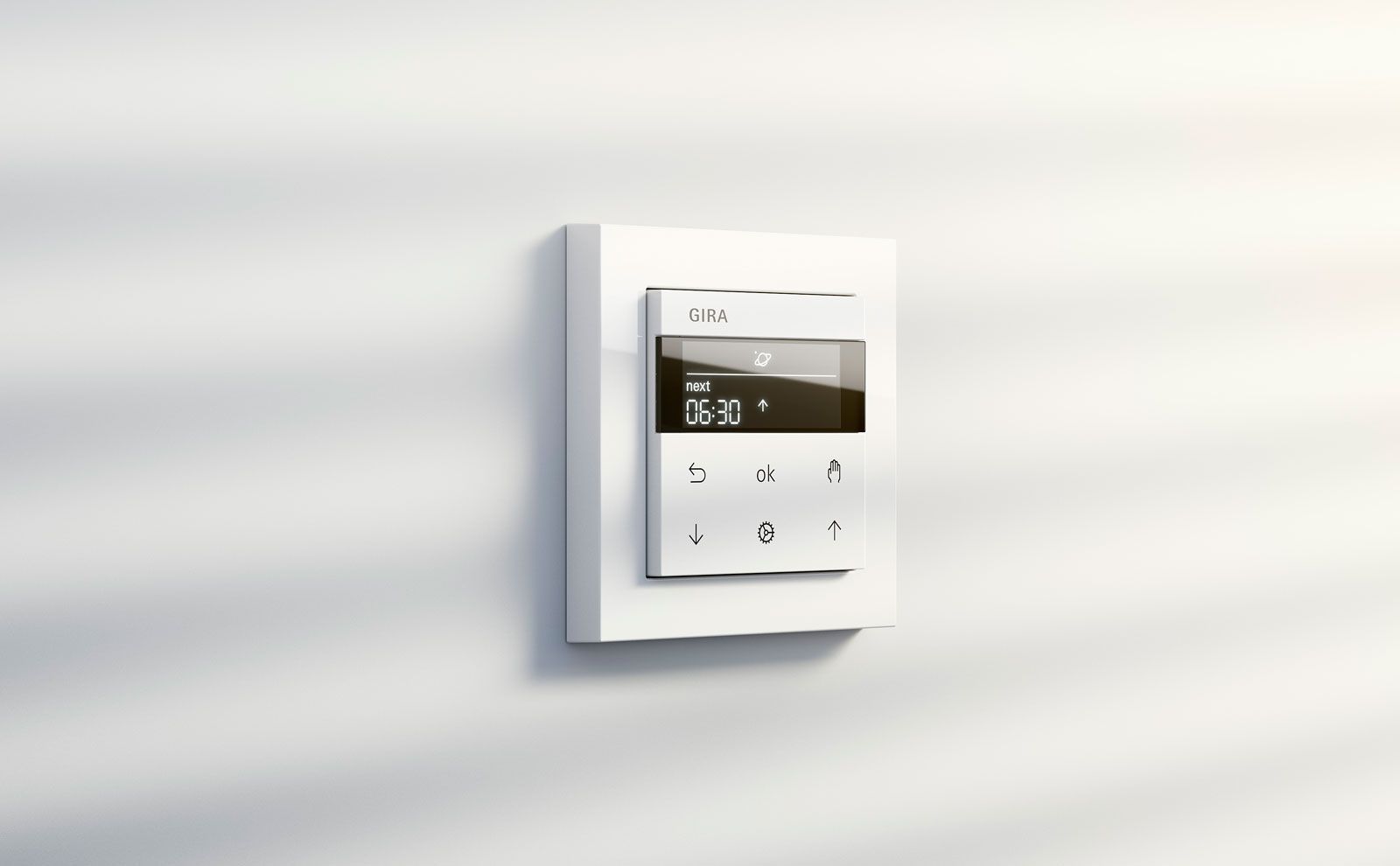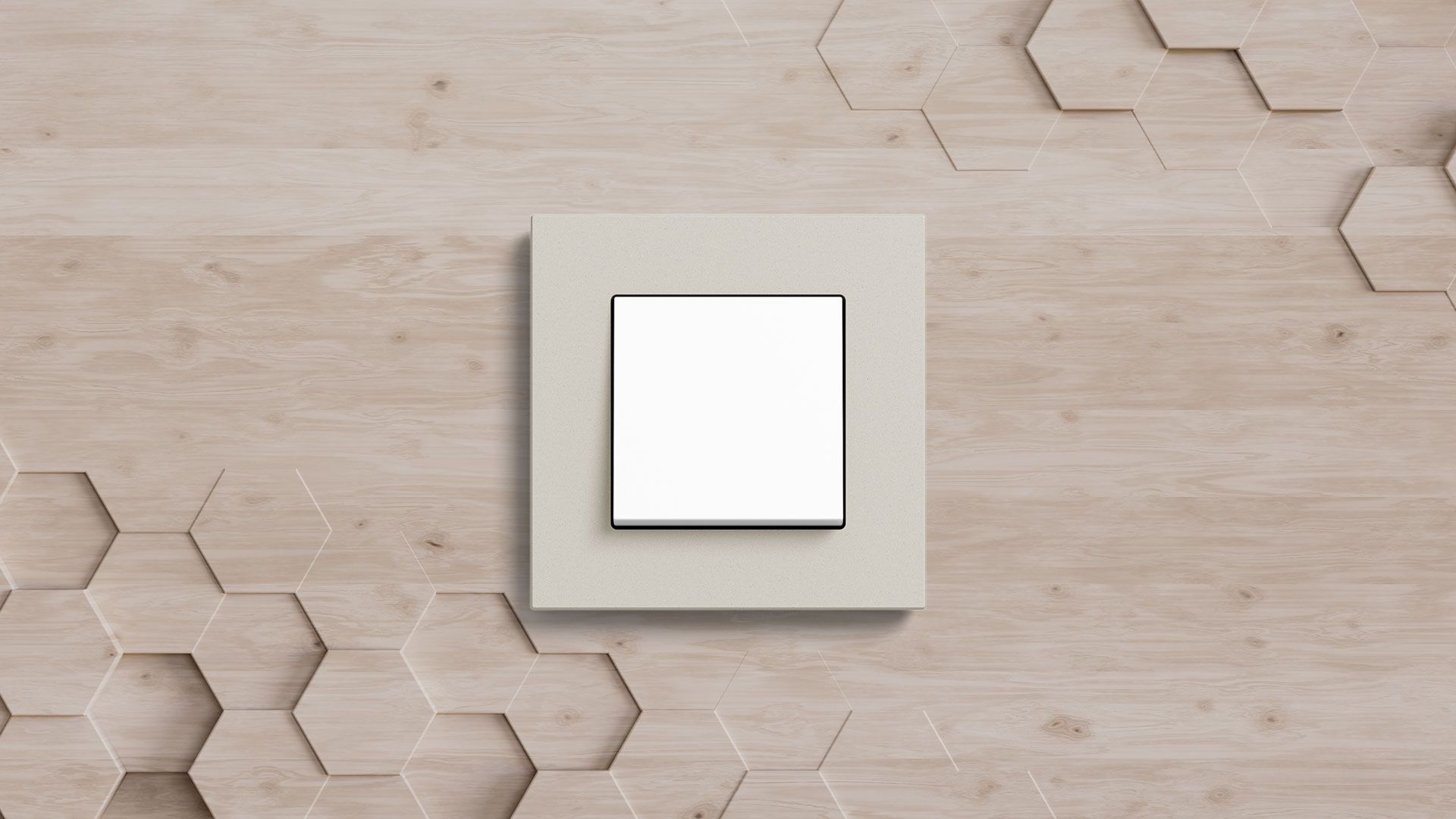
Our daily surroundings have a huge impact on our physical well-being – including the air we breathe. Here are some tips and smart solutions to help you maintain the perfect climate inside your own home.
What is indoor air quality – and why is it important?
Did you know? On average, we spend around 90 % of our time indoors. In one day, we breathe in about 12,000 litres of air – more than half of which comes from our own home. Constant over- and underheating, dampness, or exposure to certain chemicals can cause a variety ailments. Short-term effects include headaches, dizziness, and fatigue. In the long run, this might even lead to respiratory diseases (e. g. asthma) and lung cancer. We have good news though: once you know how to improve your indoor air quality, you can easily avoid these risk factors. Some simple routines, combined with smart technology, will keep your air fresh and clean.
Causes of indoor air pollution
Ideally, air in enclosed spaces should consist of 21 % oxygen, 78 % nitrogen, 0.93 % noble gas, and 0.03 % carbon dioxide. However, it might also include tiny dust or dirt particles and harmful gases. Such indoor air pollution is caused by several circumstances:
Ideally, air in enclosed spaces should consist of 21 % oxygen, 78 % nitrogen, 0.93 % noble gas, and 0.03 % carbon dioxide. However, it might also include tiny dust or dirt particles and harmful gases. Such indoor air pollution is caused by several circumstances:
dampness and mould
smoke and vapour
products containing toxic chemicals
building materials such as asbestos, fibreglass, and radon
high levels of carbon dioxide (more than 0.1 %)
In most cases, all of these hazards can be avoided – provided you stick with a few healthy habits. Our top 5 tips will give you a concise idea of how to improve the indoor air quality in your home.
Clean indoor air tip no. 1: maintain ideal temperatures
Heating control accounts for no less than 70 % of an average household’s energy expenditure. Hence, you should regulate your indoor climate as efficiently as possible. General recommendations for temperatures in different rooms are as follows:
20 h – 22°C in living room areas
18°C in kitchens
17 – 18°C in bedrooms
22°C in bathrooms
Even when you’re away for a longer period of time, temperatures should not drop below 14°C. Otherwise, condensation water will accumulate quickly. A smart heating system allows you to adjust the settings for each room in a matter of seconds: manually via switch or remotely via app. You can configure personalised schedules to determine how warm your house should be at any given time. Once a desired temperature is reached, heating will stop automatically. Smart indoor climate solutions thus help you save valuable energy – and lower your monthly bills.
Still wondering how to improve indoor air quality during the summer? A smart blind system helps you shade your home against sunlight and keep the heat out. Once connected to the Gira weather station Plus for KNX, your shutters will lower themselves as soon as the sun comes out – and pull back again as soon as it gets dark or stormy.
Clean indoor air tip no. 2: ensure regular ventilation
The level of relative humidity should lie somewhere between 40 % and 60 % in your house. Levels beyond 80 % provide the perfect breeding ground for mould and other fungi – which can make us severely ill. According to a study conducted in 2016, people living in a damp home are 40 % more likely to develop asthma. It is therefore important to prevent condensation early on, particularly in areas such as the kitchen or bathroom. You should open your windows fully for at least 5-10 minutes every day – even during the winter. Tilted windows alone won’t do the trick: with a narrow gap, the exchange of air takes much longer and you will lose a lot of heating energy in the process.

Clean indoor air tip no. 3: opt for chemical-free products
Many conventional products used for cleaning or decorating contain so-called “volatile organic compounds” (VOCs). These chemicals, particularly when occurring in sprays, can cause various symptoms – ranging from occasional headaches to chronic allergies and asthma. With that in mind, try choosing options with mostly natural ingredients and low VOC levels for products such as:
washing detergents
furniture polish
air fresheners, deodorants, perfumes
carpet cleaners
pesticides and fungicides
paints and paint strippers
varnishes and glues
Clean indoor air tip no. 4: keep it green
House plants not only add the finishing touch to your interior design. They also serve as a natural remedy against indoor air pollution. Why? Because any kind of greenery growing in your home is constantly:
filtering dirt particles
absorbing pollutants emanating from furniture, paint colours, or electric devices
regulating the humidity levels
For those wondering how to improve indoor air quality with plants most effectively, here are a few recommendations: English ivy, spider plants, dragon trees, Boston fern, and Kentia palms.
Extra tip: create a feel-good climate with smart lighting
Overall, a healthy indoor environment includes much more than the air we breathe. To feel comfortable, we need surroundings that appeal to all our senses. The importance of indoor air quality goes hand in hand with the importance of colours and lighting: too much or too little brightness will affect our mood and productivity throughout the day. With the help of a smart lighting system, you can adjust the settings for your entire home according to your personal routines. Gira dimmers, for example, gently illuminate the room whenever you want a cosy ambience. The Gira Sensotec, on the other hand, guides you through the dark without blinding your eyes: thanks to an integrated high-frequency sensor, soft orientation lights will switch on whenever you walk by at night.



